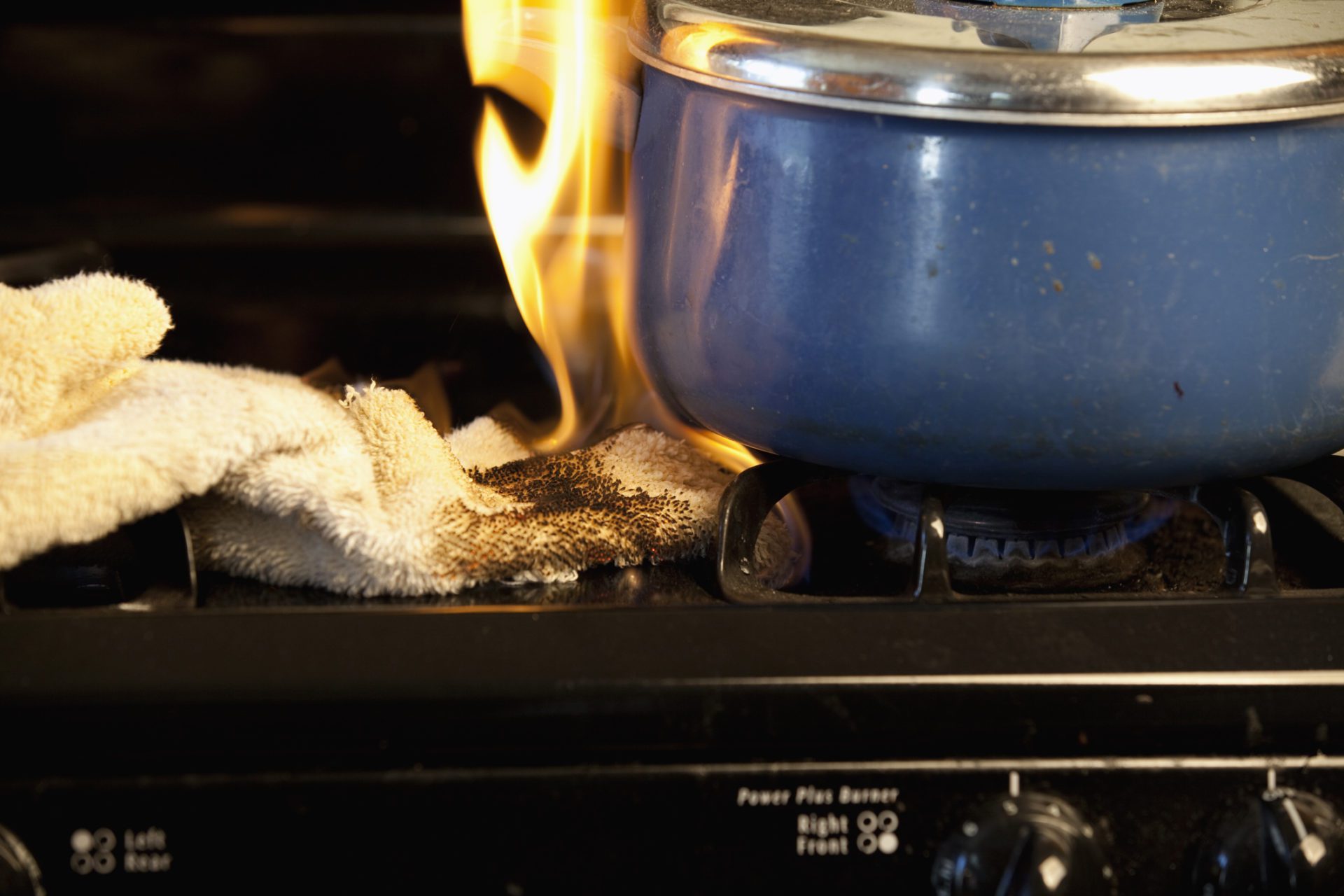Understanding the Five Types of Fire and How to Extinguish Them

Did you know there are actually five distinct types of fire? The types (A, B, C, D and K) are classified based on the kind of fuel that is burning. Knowing how to correctly identify the class of a fire is an important safety skill. Using the wrong kind of extinguishing agent can actually make the fire worse. This guide will help you understand the five fire types and learn how to safely put each of them out.
What Type of Fire Can Be Put Out with Water?
Water will extinguish only Class A fires. These involve ordinary combustibles like wood, paper, cloth, rubber, trash and plastics. You should never use water on gasoline fires, grease fires or electrical fires, as doing so can spread the fire or cause electrocution.
Class A Fires
Class A fires are the most common and easiest to extinguish. These fires involve ordinary materials such as wood, paper, cloth, rubber, trash and plastics. You might encounter a Class A fire at a campsite, in a fireplace or in a trash bin.
To put out a Class A fire:
- Use water to cool and suppress the flames.
- Have a fire extinguisher handy in case water is unavailable.
- Alternatively, smother the fire to cut off oxygen.
To prevent Class A fires:
- Store flammable materials away from heaters, stoves or open flames.
Class B Fires
Class B fires involve flammable liquids and gases, including gasoline, oil, solvents and paints. These fires are commonly found in workshops, gas stations or garages.
Important: Never use water to put out a Class B fire. Water can cause the burning liquid to spread, making the fire worse.
Instead:
- Use a foam, powder or carbon dioxide fire extinguisher.
Class C Fires
Class C fires are electrical fires, caused by overloaded circuits, faulty wiring or malfunctioning appliances.
To extinguish a Class C fire:
- First, unplug or disconnect the power source if it’s safe to do so.
- Then, use a carbon dioxide or dry powder extinguisher.
To prevent these fires:
- Regularly inspect cords and outlets for damage.
- Avoid overloading electrical sockets.
Class D Fires
Class D fires involve flammable metals, such as magnesium, titanium or potassium. These fires typically occur in industrial settings or laboratories under intense heat.
To extinguish:
- Use a dry powder extinguisher specifically rated for metal fires.
Class K Fires
Class K fires are common in kitchens and involve cooking oils and grease. These fires typically start when a pan of oil is left unattended.
Never use water to extinguish these fires. It will cause the oil to splatter and intensify the fire.
Instead:
- Use a wet chemical extinguisher.
- Turn off the heat source and cover the pan with a lid if you can safely do so.
To prevent:
- Always stay in the kitchen while cooking.
- Keep flammable materials away from stovetops.
Common Fire Extinguishing Mistakes to Avoid
- Water on a gasoline fire is dangerous. It will spread the flames and cause injury.
- Water on gas fire? Same result. Use a Class B extinguisher instead.
- Never use water on a grease fire. Stick to a wet chemical extinguisher.
- Electrical fires (Class C)? Water conducts electricity. Use CO₂ or dry powder only.
Why Fire Classification Matters
Using the wrong extinguishing method can turn a small fire into a major disaster. By understanding fire types and matching them to the correct extinguisher, you protect yourself and those around you. Consider printing or posting a fire classification chart at home or work for quick reference.
Frequently Asked Questions About Fire Types and Extinguishing Methods
What type of fire can be put out with water?
Only Class A fires. Those involving wood, paper, cloth or trash can be safely extinguished with water. Using water on other fire types can be dangerous.
What happens if you put water on a gasoline fire?
Water will spread a gasoline fire (Class B), making it worse. Use a foam, dry powder or carbon dioxide extinguisher instead.
Can you use water on an electrical fire?
No. Water conducts electricity and may cause electrocution. Always use a carbon dioxide or dry powder extinguisher for electrical fires (Class C).
Is it safe to use water on a grease fire?
Absolutely not. Water can cause grease fires to explode or splatter. Use a Class K extinguisher and turn off the heat source if possible.
How can I tell what type of fire I’m dealing with?
Look at what’s burning:
- Paper or wood = Class A
- Gasoline or paint = Class B
- Electrical appliance = Class C
- Metal = Class D
- Cooking oil = Class K